When it comes to Native Dress and English Outfits, you’re not the only one wondering where to begin. Overwhelmed with all the conflicting advice, many people find themselves in a quandary. So that’s the reason I wrote this book: to help others. Before we get started, I’ll go over the fundamentals to make sure you’re on solid ground.
As a starting point, let’s clarify the difference between “native dress” and “English attire.” The traditional clothing worn by First Nations and Inuit people is referred to as “native dress.” When it comes to ceremonial attire and celebrations—like the powwow and the wedding—it goes far beyond the traditional costume.
Outfits wore in public by members of the English-speaking community on a regular basis, such as jeans and a T-shirt or a suit and tie. If we’re wearing a traditional dress, we would also call that an English outfit, as it may be a combination of the two.
The type of fabric and design you choose for your Sleeves have a significant impact on the overall aesthetic appeal of your English or native attire.
The sleeves of your native and English clothing can be styled in a variety of ways; here are some examples.
– Long sleeve; A variety of materials can be used to make long sleeves, such as the material shown in the example below, but some women prefer to design their sleeves with a different type of fabric than their tops.

– Short sleeves; It is possible to shorten your sleeves; this is a common practice in the fashion industry, and short-sleeved outfits can be worn by both married and single women. Short-sleeved outfits are appropriate for any occasion.

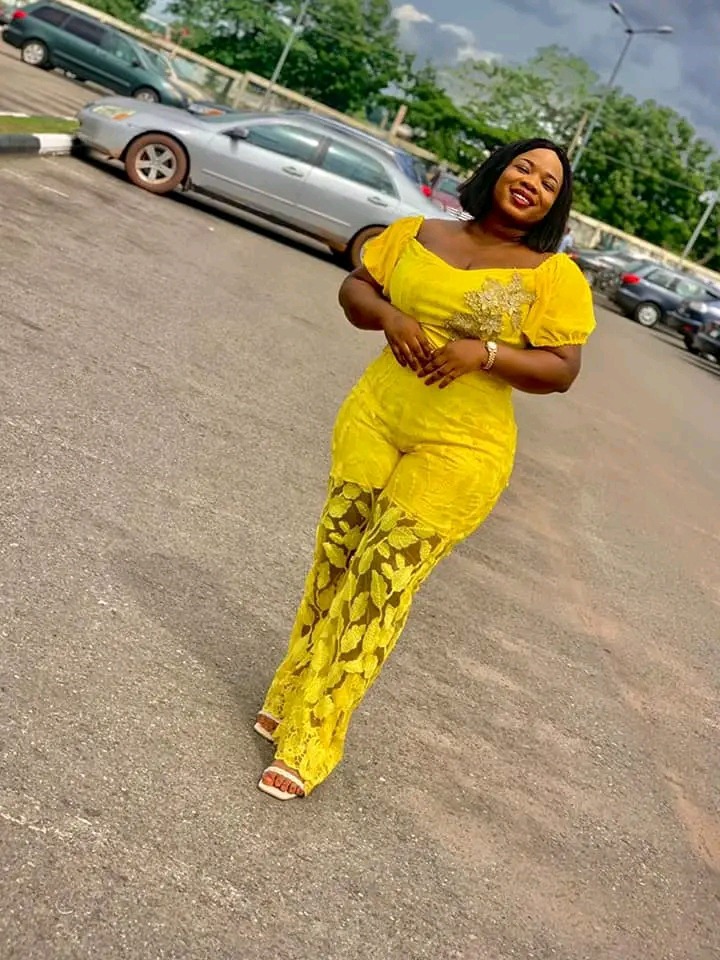


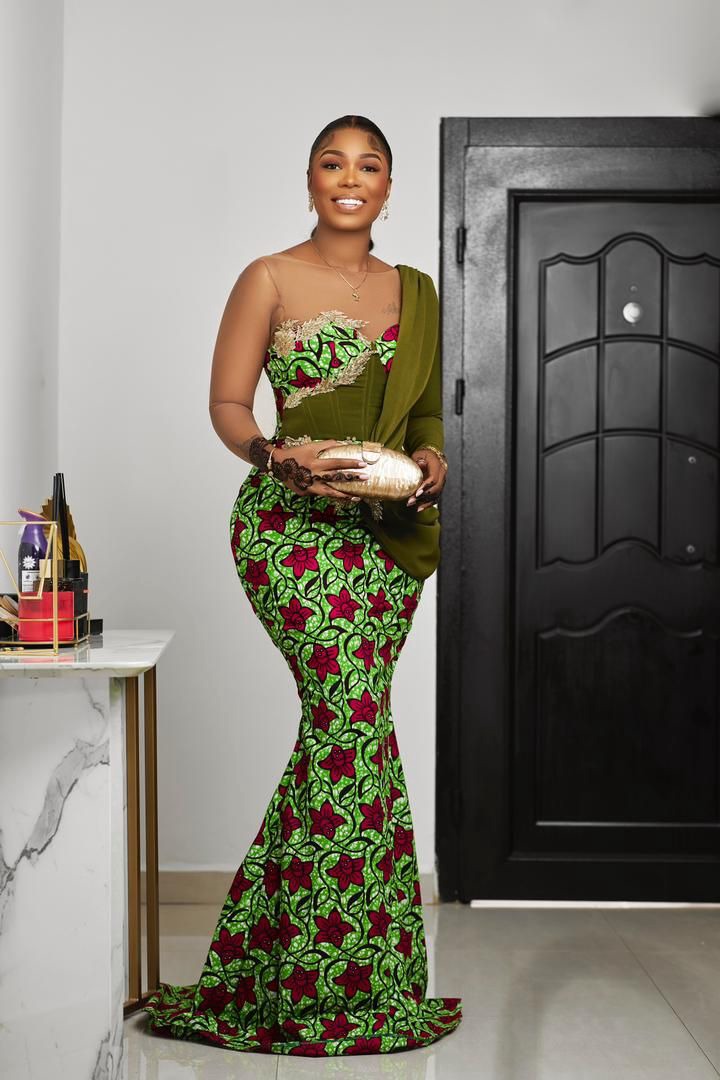
– Sleeves with different steps just like the one displayed below.


– Puffed Sleeve design.
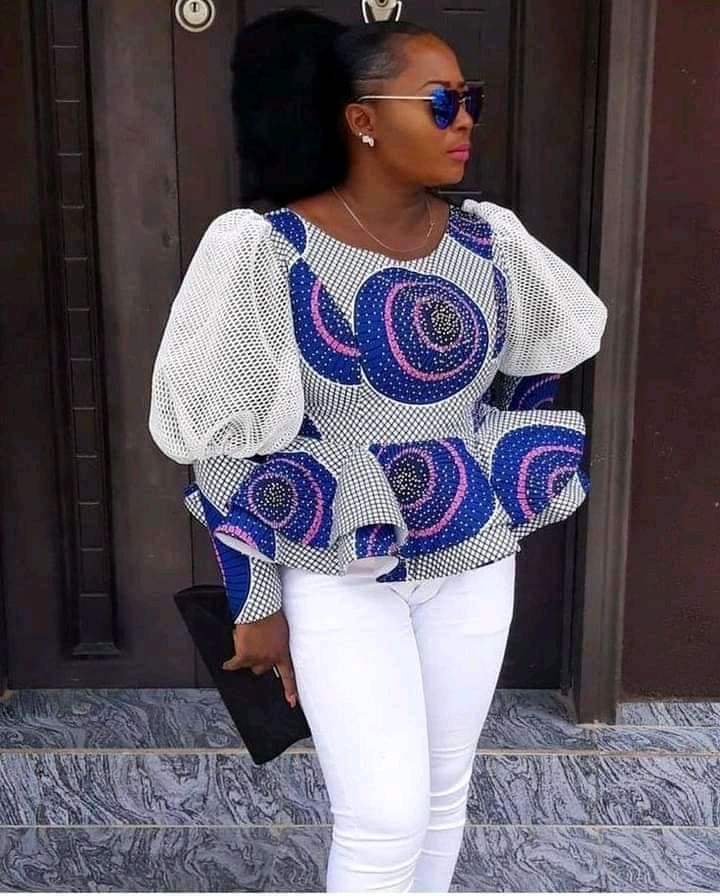



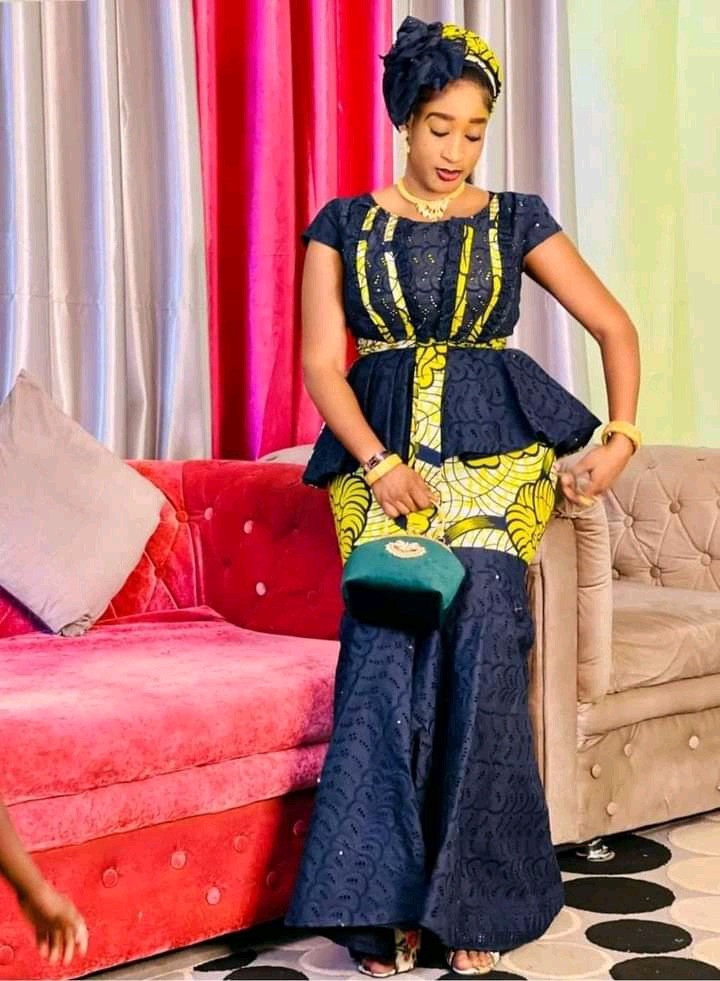

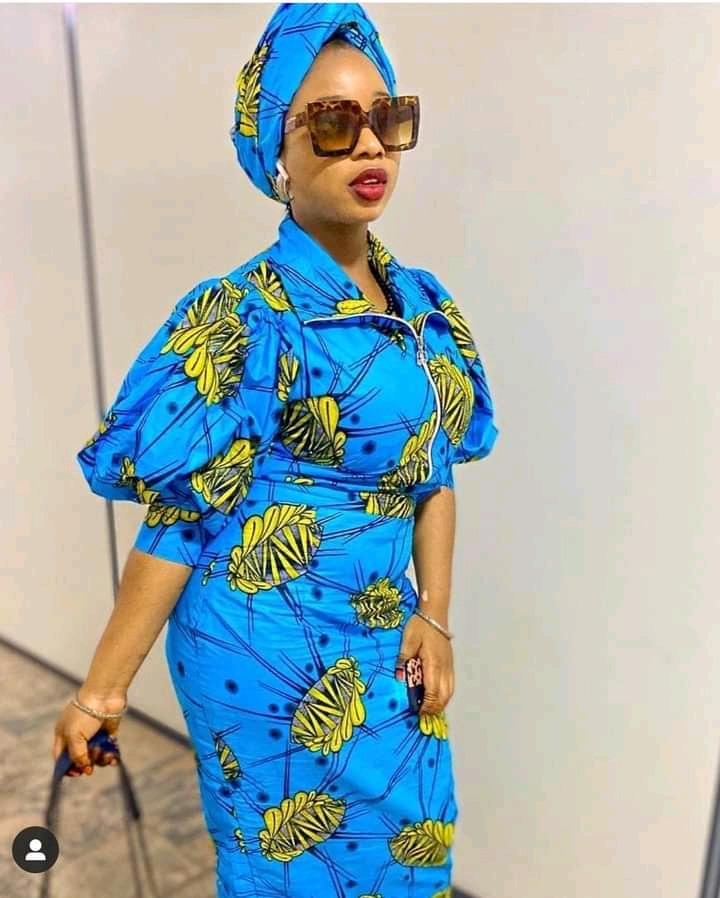
See Also: Suggestions For Different Styles And Designs For Ladies Who Don’t Know What To Sew With Their Fabric

